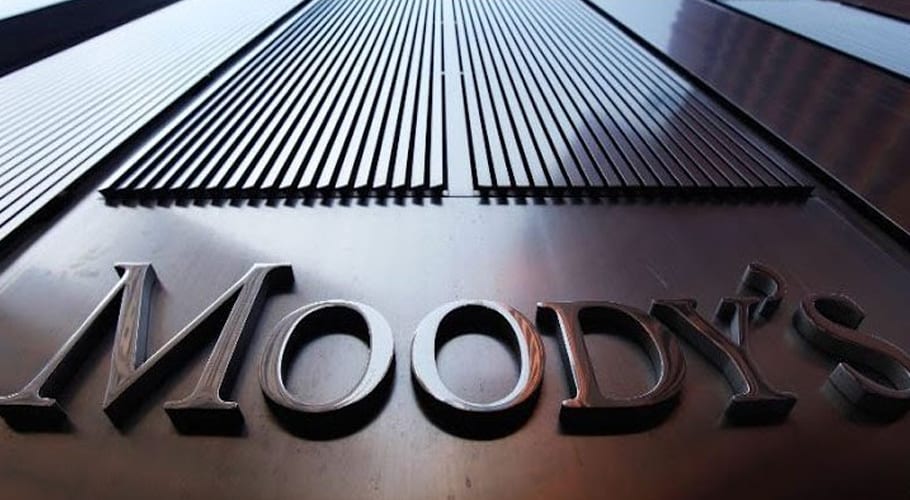Moody’s Investors Service (Moody’s) on Tuesday downgraded the Government of Pakistan’s local and foreign currency issuer and senior unsecured debt ratings to Caa3 from Caa1.
The rating agency also downgraded the rating for the senior unsecured MTN program to (P)Caa3 from (P)Caa1. On the other hand, Moody’s changed the outlook to stable from negative.
According to Moody’s, Pakistan’s increasingly precarious financial and external position have dramatically increased default risks to a level consistent with a Caa3 rating, which is what led to the decision to downgrade the country’s credit ratings.
“In particular, the country’s foreign exchange reserves have fallen to extremely low levels, far lower than necessary to cover its import needs and external debt obligations over the immediate and medium term,” said Moody’s.
According to the rating agency, the government is enacting some tax measures to comply with the requirements of the International Monetary Fund (IMF) program, and an IMF payout could assist in addressing the nation’s immediate needs.
“(But) Weak governance and heightened social risks impede Pakistan’s ability to continually implement the range of policies that would secure large amounts of financing and decisively mitigate risks to the balance of payments,” it said.
Moody’s said that the stable outlook reflects its assessment that the pressures that Pakistan faces are consistent with a Caa3 rating level, with broadly balanced risks.
“Significant external financing becoming available in the very near term, such as through the disbursement of the next tranches under the current IMF program and related financing, would reduce default risk potentially to a level consistent with a higher rating.
“However, in the current extremely fragile balance of payments situation, disbursements may not be secured in time to avoid a default,” it highlighted.



































